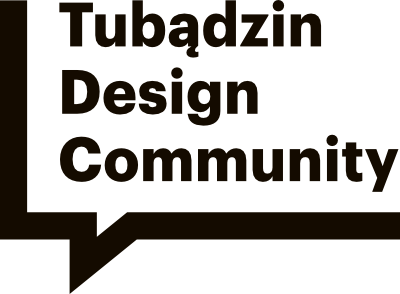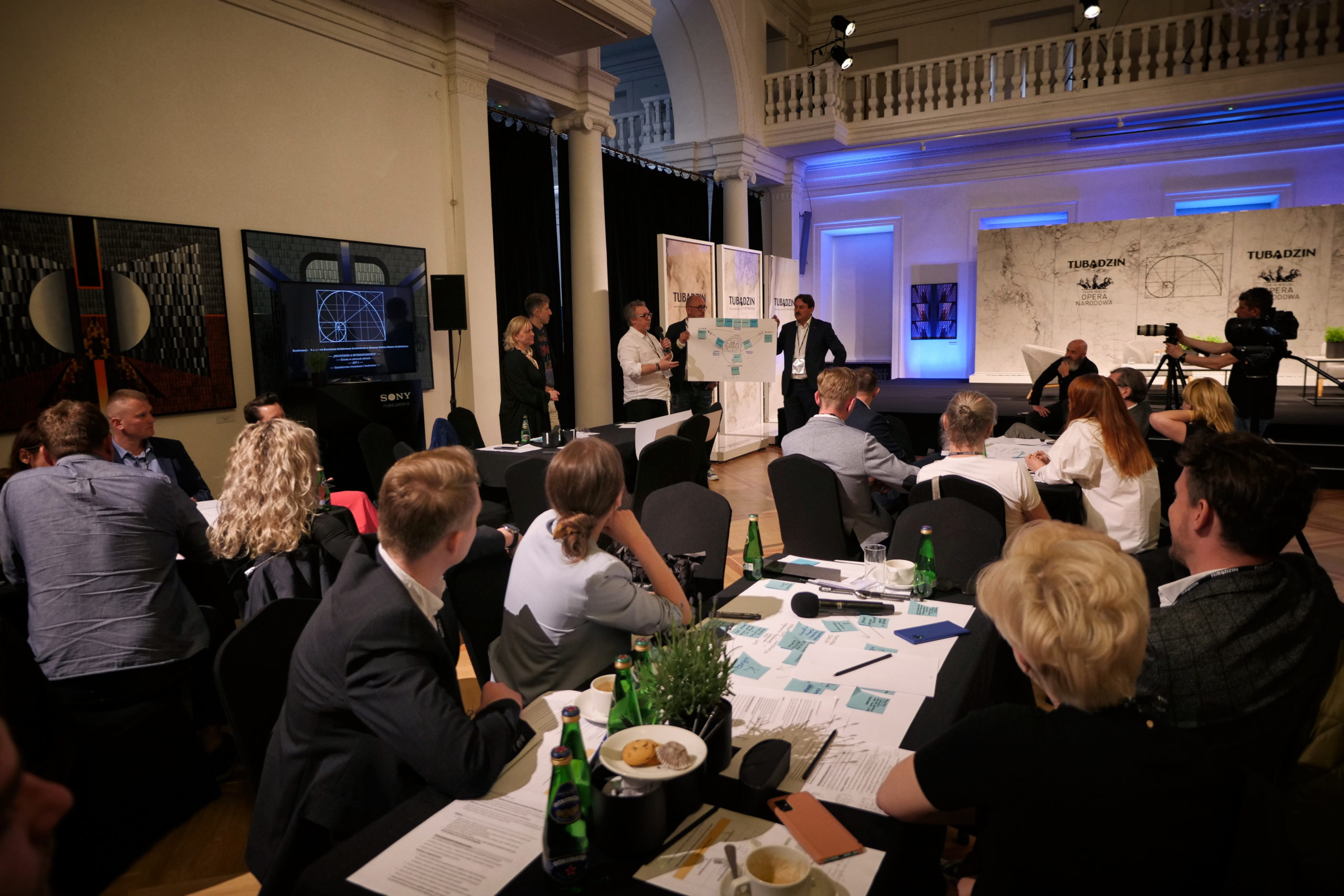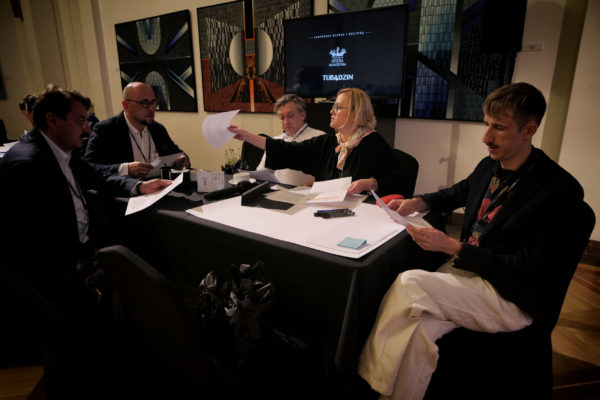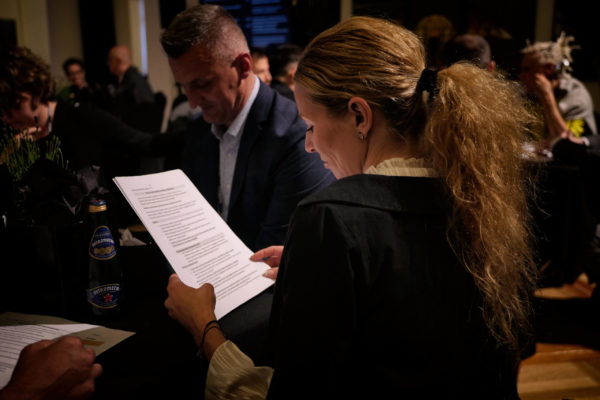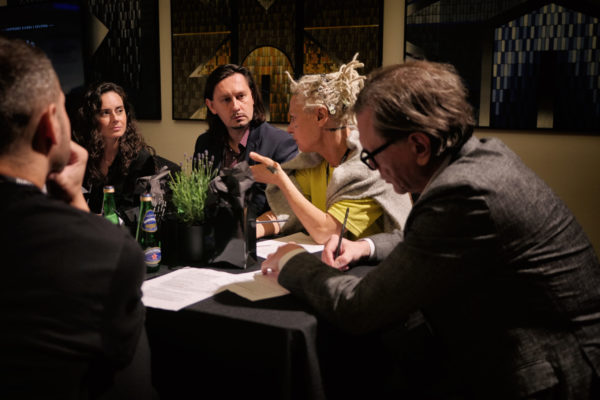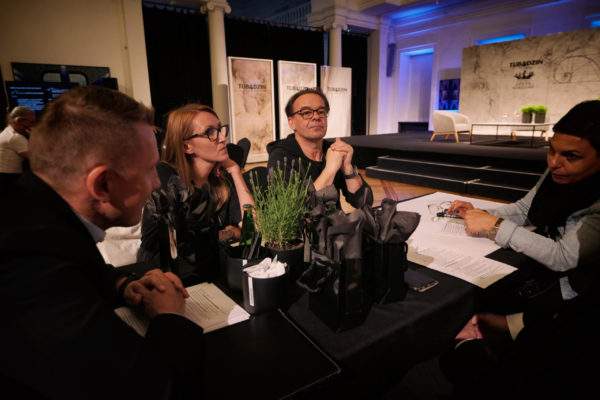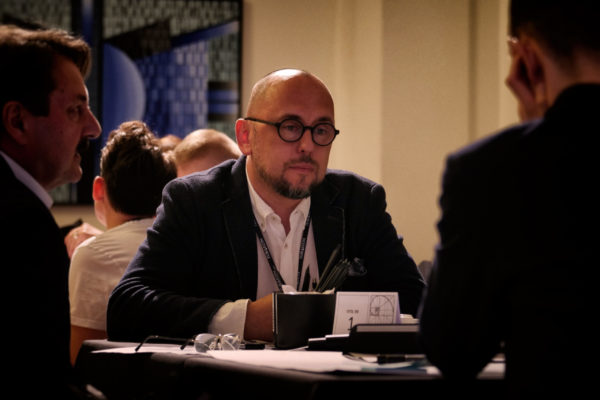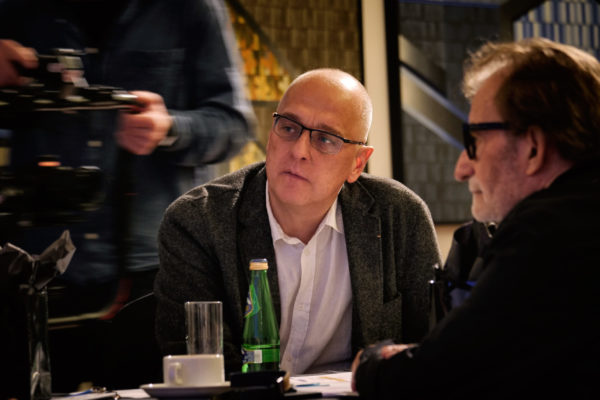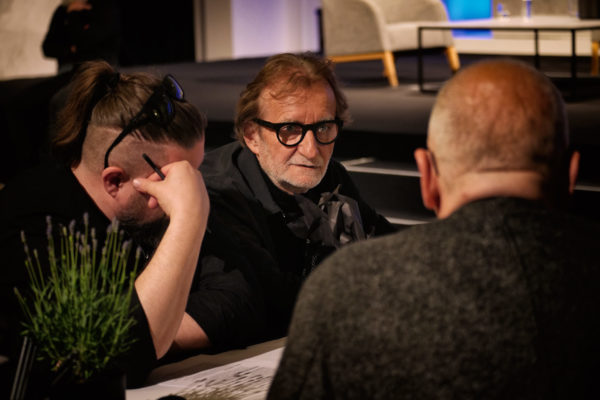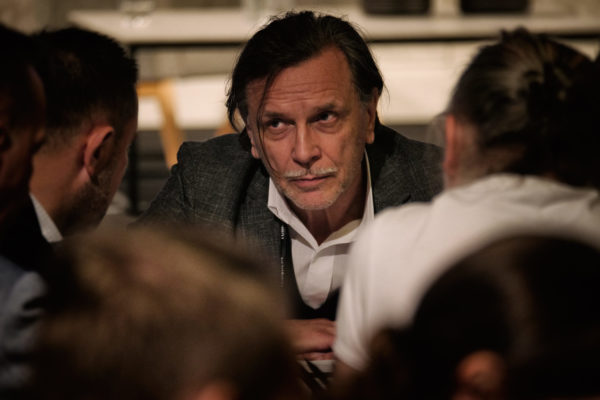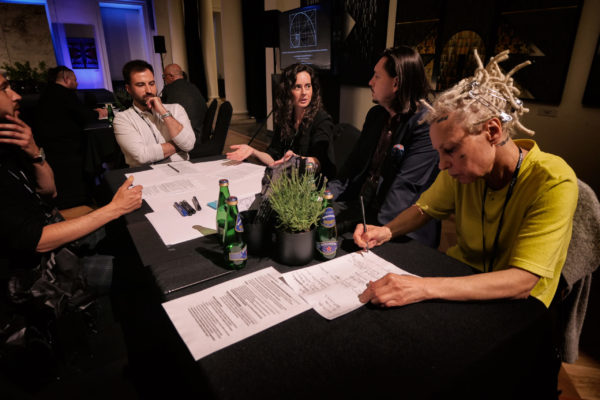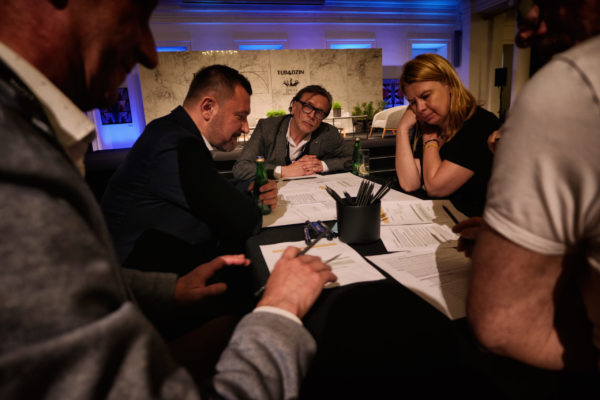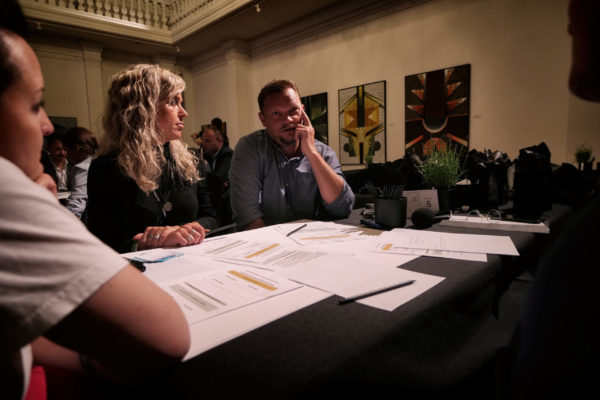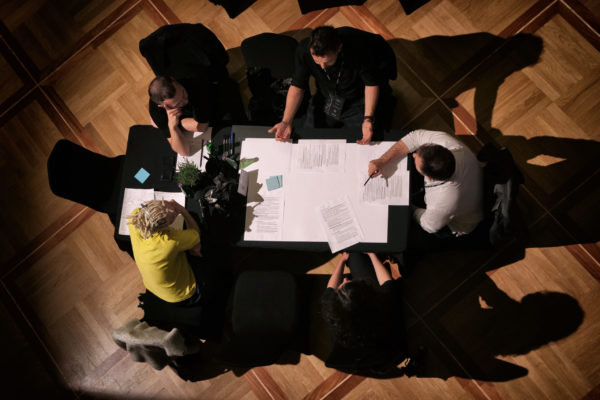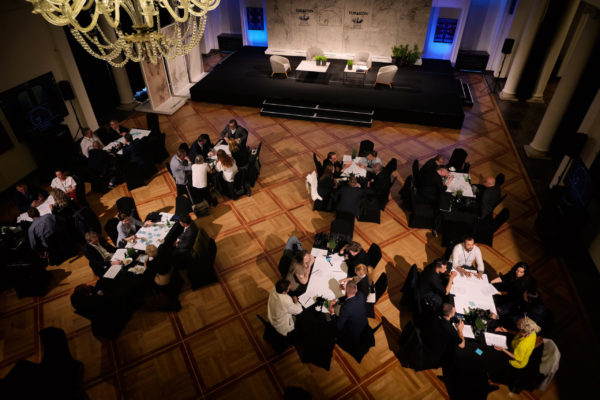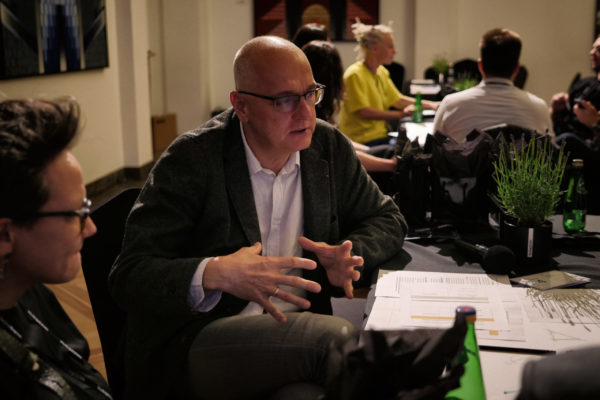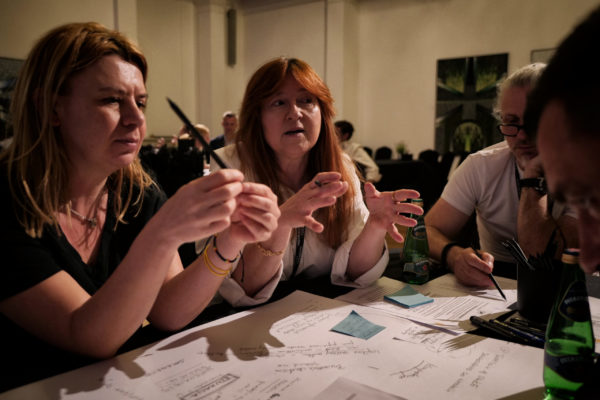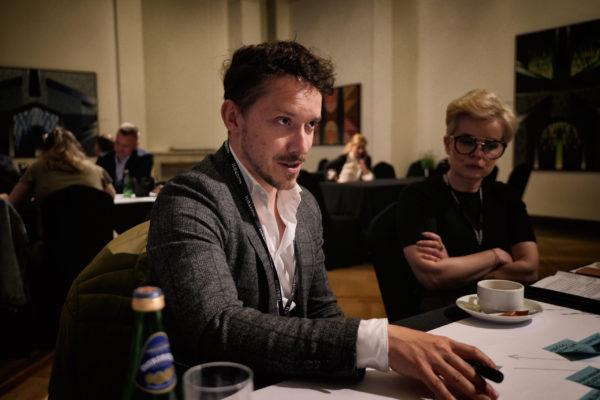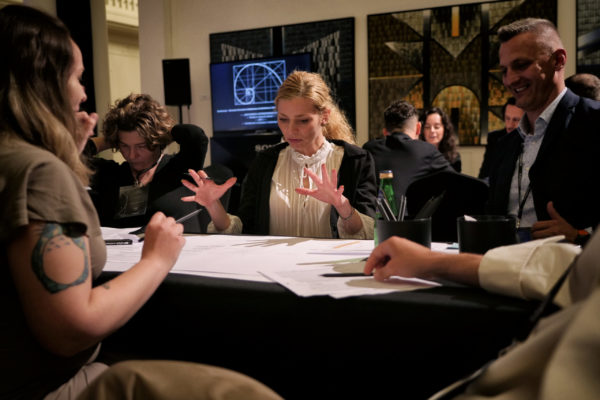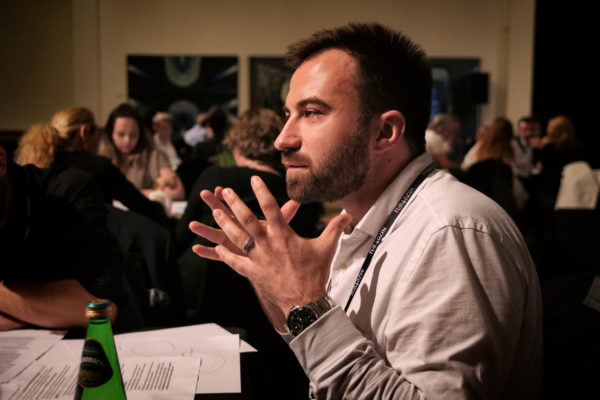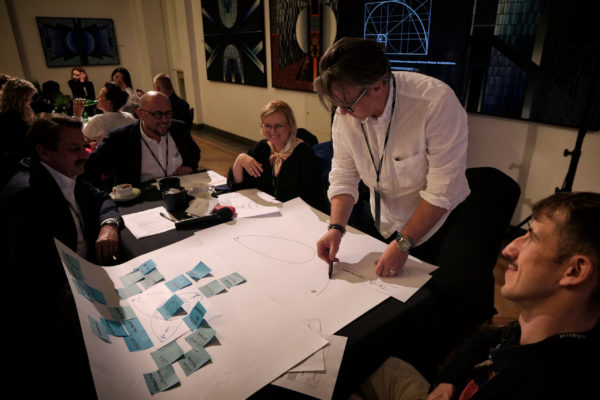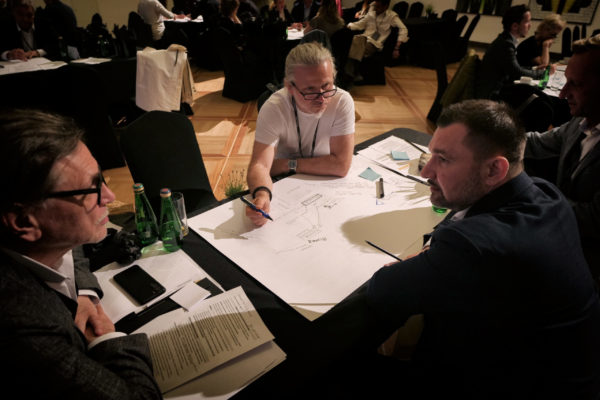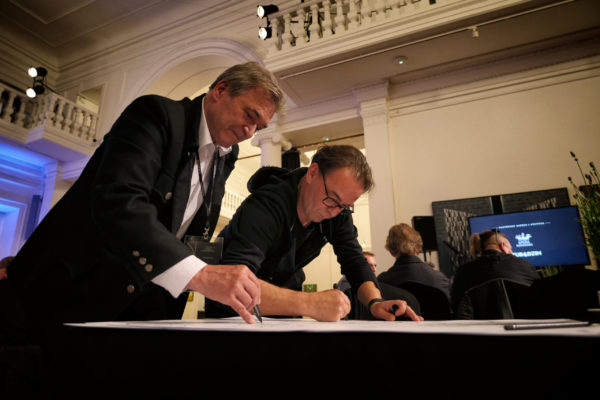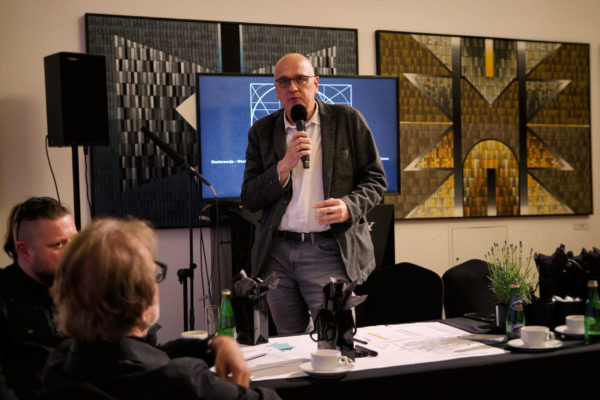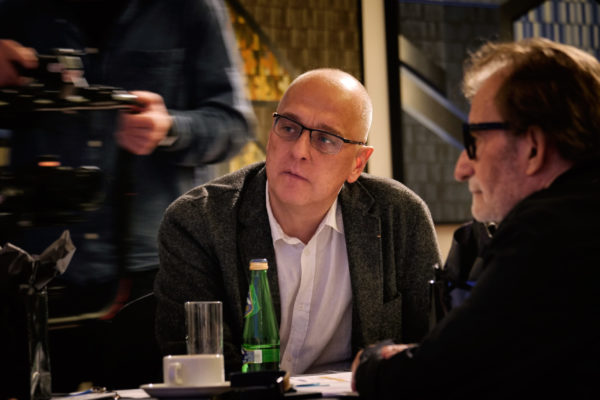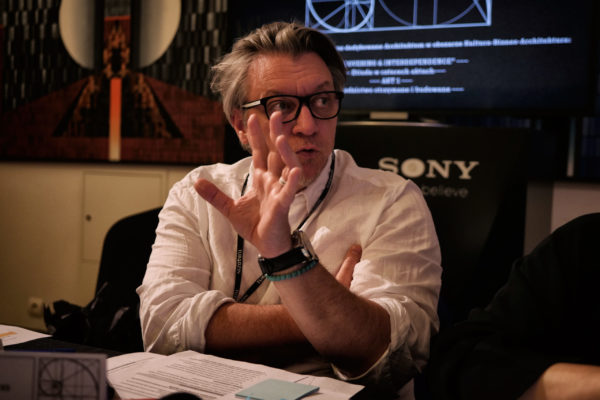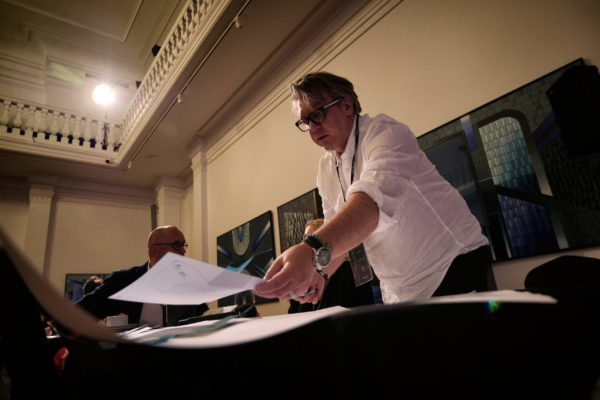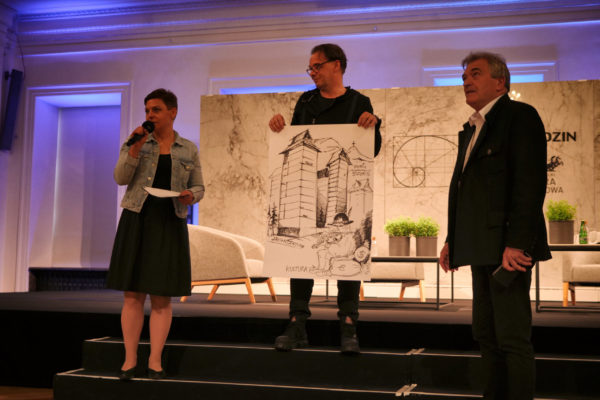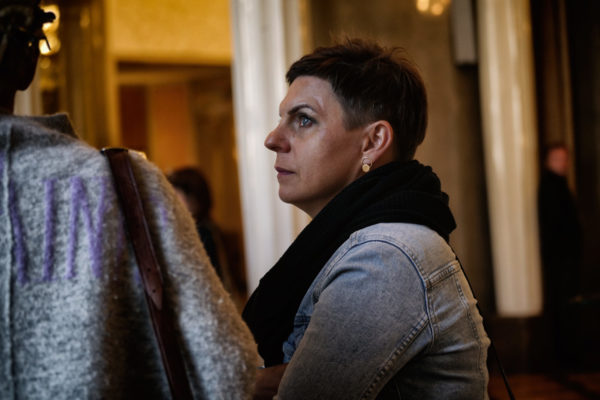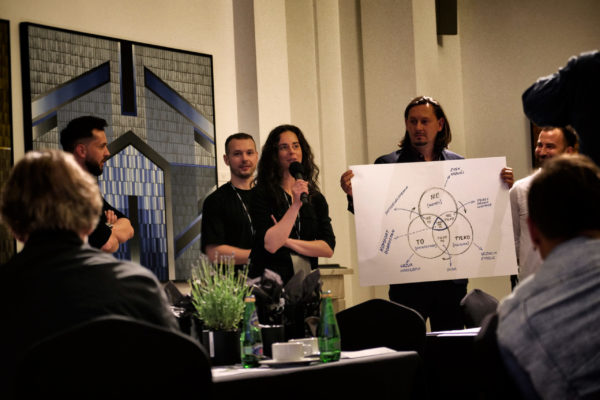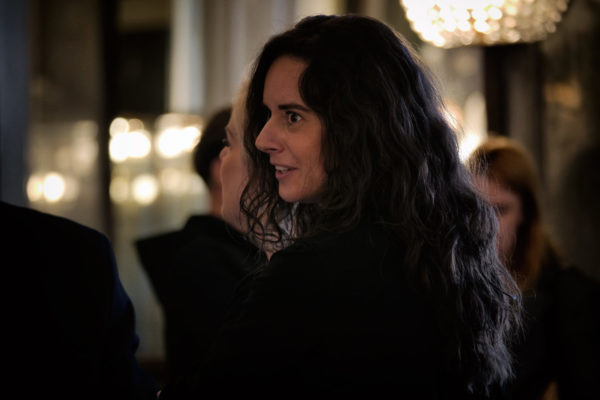Idea
The idea of the first conference meeting – a strategic workshop – was to establish a dialogue between Architecture, Business and Culture and to work out the foundations of reliable and respectful communication.
This active exchange of ideas resulted in defining specific areas, known to people, but in this case deepened by a thorough and substantive analysis.
Discussion, Workshop, Results
Our guests discussed and analyzed the identity and the current state of cooperation, developed common elements, determined their importance for each environment.
Defined elements of interdependence
We present the defined elements of interdependence between Architecture, Business and Culture that influence the quality and success of activities*
- Compromise
- Business, personal, industry-specific competencies
- Experience
- Openness
- Knowledge
- Communication skills
- Values
- Education as a continuous system of development and exchange of values
- Locality of action
- Ambition
- Variable perspective
- Consistency
- Persistence
- Areas of dependence
- Common parts
- Beauty
- Security
- Personal and business gain
Based on their own experiences, observations, knowledge and needs, the areas of industry interdependence were deepened *
*In-depth analyses and directions of recommended actions will be presented in subsequent publications. These are the directions recommended for industries and implemented in subsequent stages of the project
Significant differences in the identities of the communities and their needs were also identified.
“The realization of these interdependencies was the reason for our meeting. Its greatest value was that it responds to just such a need of ours. We are getting away from presenting stories, products … and we are getting into the world of emotions, getting to know people.”
— Roland Stańczyk
Each industry Architecture, Business, Culture, has its own identity, history, key objectives and values it pursues.
Questions arise:
- Is it possible to combine such beauty-sensitive areas as Architecture and Culture with Business?
- What are the common elements, the value?
- Is it possible to communicate building common good practices?
The discussion groups included fantastic personalities from the world of Architecture, Business and Culture.
“Each of the Architecture, Business and Culture groups shows confidence in the others. It will do its job best knowing that we can talk about topics that matter to us. And our conversation, or what we arrive at, comes from education. That is why we are ready in this trust to be open, to trust in someone’s experience, to trust in their knowledge and competence, we are ready to make some compromises. Because then we know that this compromise is not a loss…”
— Robert Majkut
Our guest-experts discussed possible necessary directions in the communication between the worlds of Business, Architecture and Culture, based on a thorough analysis of the current state. During the workshop, prevailing belief patterns, actual actions, sources of problems, common areas and possible solutions were discussed.
“We established that architecture and culture are identical areas, that architecture is part of culture, and we don’t want to separate that. They have common goals and it’s about building an identity.”
— Romana Tryc
“We met here, we discussed the role of architecture, business, culture, how to bring them together also because we really have few such models, we have few sources from which to learn.”
— Agnieszka Szalbierz
Conclusions developed were:
- directions in which architecture, culture and business should continue to work together,
- awareness of the interdependence of industries in specific common areas,
- defined tasks to be completed for each area as a start for the next steps,
- mistakes made in interpreting the needs of communities, faulty communication,
- misconceptions vs connections that are functional and produce results,
- the real impacts that each industry has on the lives of its end users,
- developing a set of practical tools to help communicate and navigate the flow of value in the future.
“In today’s world of rapid development and ongoing change, the interdependence of industries is a natural part of the evolution of civilization. A civilization that is at a high level of organization and identification of societies. The combination of potentials naturally multiplies the possibilities of each party.”
— Ewa Kryszkiewicz
In-depth analysis and conclusions in the next report in the KNOWLEDGE/PUBLICATIONS section.
